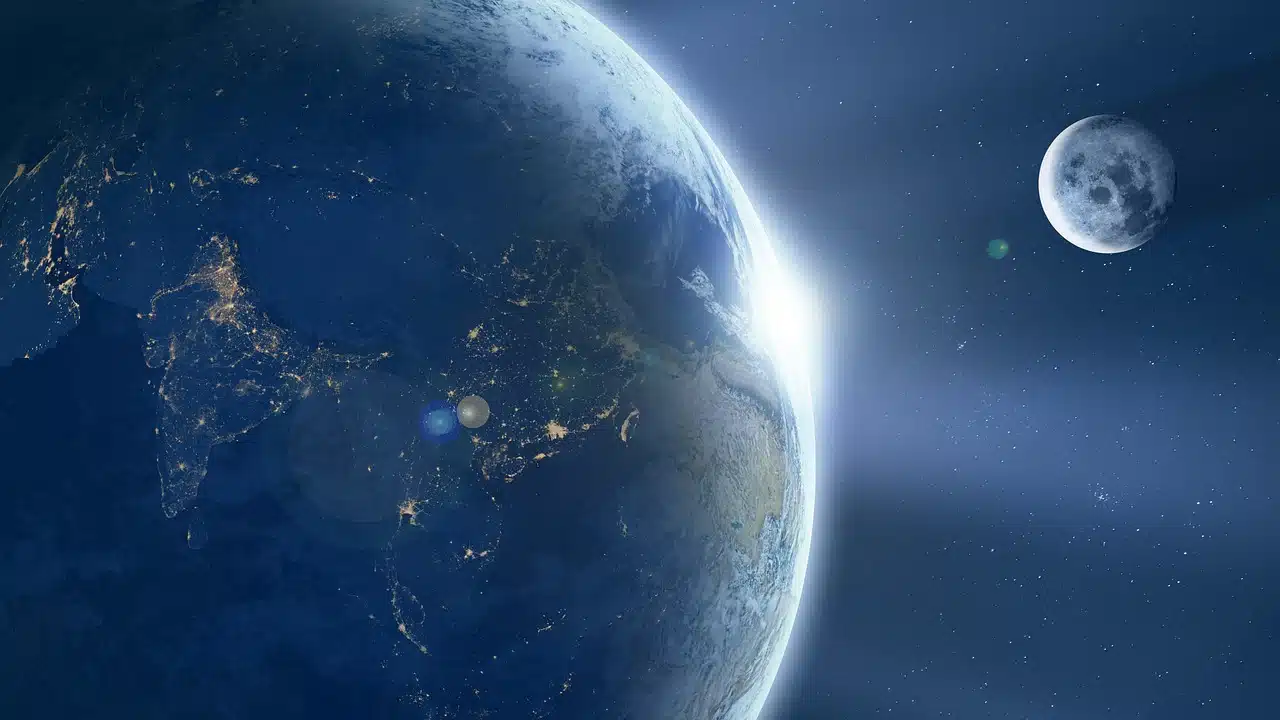
Precession is a movement made by a body around an axis.
Precession is the rotational movement developed by the inclined axis of rotation of a gyroscope.
Rotational movement
Precession is a rotation movement : that is, a movement made by a body around an axis . The part that passes through a rotating object, providing support while it moves, is called an axis .
Precession, in this framework, is associated with a change in direction that registers the instantaneous axis of rotation of the body. In other words, it is a variation in the direction of the axis of rotation .
All objects that rotate on themselves and, at the same time, move in a gravitational field , precess. Just as it develops translation and rotation movements, planet Earth also carries out precession. This third movement involves the rotation of the Earth's axis around the vertical to the ecliptic (a circle that is formed from the intersection of the plane of the planet's orbit with the celestial sphere).
Due to Earth's precession, the coordinates of the stars change over time (thus the panorama of the stars that we observe in the sky changes, although very slowly). It is important to note that precession is a gradual phenomenon that is not perceptible over the course of a human life. However, over thousands of years, it has a significant impact on the relative position of the equinoxes and the seasons of the year.
Precession of the equinoxes
The precession of the equinoxes is an astronomical phenomenon that refers to the slow and gradual change in the orientation of the Earth's axis of rotation over an extended period of time. This phenomenon is due to several influences, including the gravitational influence of the Moon and the Sun on the flattening of the Earth's equator and the shape of the planet .
The Earth is not a perfectly spherical object and is subject to unequal gravitational forces . These forces exerted by the Moon and the Sun cause the Earth to deform slightly, which in turn affects its axis of rotation. As a result, it describes a slow circular motion over a period of approximately 26,000 years .
This precession movement has important consequences in astronomy and the Earth's seasonal cycles. One of the best-known manifestations of precession is the gradual change in the position of the equinoxes over time. These occur twice a year, when the length of day and night are equal throughout the world. Spring and autumn mark the beginning of the seasons that give them their names, in the northern and southern hemisphere, respectively.
Due to precession, the position of the equinoxes slowly shifts relative to the constellations of the zodiac. About 2,000 years ago, the spring equinox occurred near the constellation Aries, leading to the naming of the "Age of Aries." However, due to the precession movement, the spring equinox currently occurs near the constellation of Pisces, which has led to the name of the "Age of Pisces" . In the future, it will move towards the constellation of Aquarius, giving rise to the so-called "Age of Aquarius" .

The Earth's axis of rotation changes slowly and gradually over time.
In rhetoric
Precession in the context of rhetoric refers to a figure of speech that involves changing the order or sequence of elements in a series of words or phrases. Also known as transposition . The normal or expected order of words is intentionally altered to achieve stylistic effect or to emphasize certain aspects of speech.
Precession is used to break with the conventional structure of the sentence and generate impact or surprise on the receiver. Changing the order of elements highlights a particular element, which can intensify its meaning or give it greater emphasis. This literary figure is frequently used in poetry and persuasive speeches, as it allows key ideas to be highlighted and capture the audience 's attention.
